Live music has changed.
Crowds have become wild and untamed. Crowds of engaged eyes have been replaced by a sea of iPhone cameras. Crowds have ruined the enjoyment of live performances.
After such a long pause in live entertainment with the outbreak of COVID-19, the industry’s return has witnessed an entirely transformed audience. Audiences have been disconnected from the guidelines of concert etiquette, the norms an audience should follow out of respect for fellow concert-goers and performers, and it is diminishing the live performance experience.
Post-lockdown audiences have become so excited about the re-emergence of live music that they have become rowdy and selfish. Such selfishness is shown in audience members’s new desire to participate in the concert itself.
Their expectations have changed. They now expect concerts to be unique and specified to them. This is seen in the crowds attending Harry Styles’ Love on Tour, who made signs to entice Styles to interact with them. Fans made signs with messages for Styles, varying from announcing the concert was on their birthday to requesting Styles’s help to ask their crush out.
The crowd’s desire for participation is also seen in more intrusive ways. During the Taylor Swift Eras Tour, fans held up pictures of her deceased grandmother during ‘Marjorie’, Swift’s song about her. This emotional gesture made Swift cry and violated many boundaries in a performer-audience relationship. The song is so personal to Swift and is dedicated entirely as a tribute to her grandmother. The audience’s actions are extremely invasive and are very emotionally inappropriate. Fans didn’t think about how Swift may have reacted, didn’t think about how the song might’ve been something she wanted to keep between her and her family, didn’t think about how disrespectful their actions would be. The crowd turned a tribute to her dead grandmother into a song about them.
A combination of audiences’ rowdiness and desire for attention leads to the endangerment of the performer. There have been endless examples of fans throwing objects on stage to catch the attention of the artist. Pop star Bebe Rexha was hurt by a fan in the audience who intentionally threw their phone at her. The artist had to be rushed off stage, ending the set early. This action not only impacted Rexha but also every other fan who now couldn’t get the full experience that they paid for.
Not only have unrestrained and overly-exhilarated crowds inflicted harm on the performer but on fellow audience members as well. Nothing exemplifies this better than Travis Scott’s 2021 Astroworld music festival. During this event, overzealous fans stampeded through the crowd to get to the front of the stage, trampling and killing 10 concertgoers.
This over-exhilaration has also led to a desire to record the event for keepsake. The nature of live music became overhyped as audiences returned after such a long hiatus. As mentioned before, crowds began expecting a unique performance. This means that fans find it necessary to record every moment. When I attend concerts, my view of the stage is always blocked by people’s raised phones. Recording parts of an event isn’t the issue, the issue arises when people hold their phone up for the entirety of the concert or prolonged segments of the act.
The main issue in this phenomenon lies in the endangerment that these audience behaviors inflict on other event-goers and performers. The decline in concert etiquette must be addressed by necessary concert-safety measures, and audiences need to be more aware of simple unspoken guidelines that accompany the attendance of such live events. Such measures could include venues controlling entrance for general admission concerts in a more efficient manner, a clear announcement by the performer to warn fans against throwing objects on stage and the removal of overly-rowdy fans from premises.


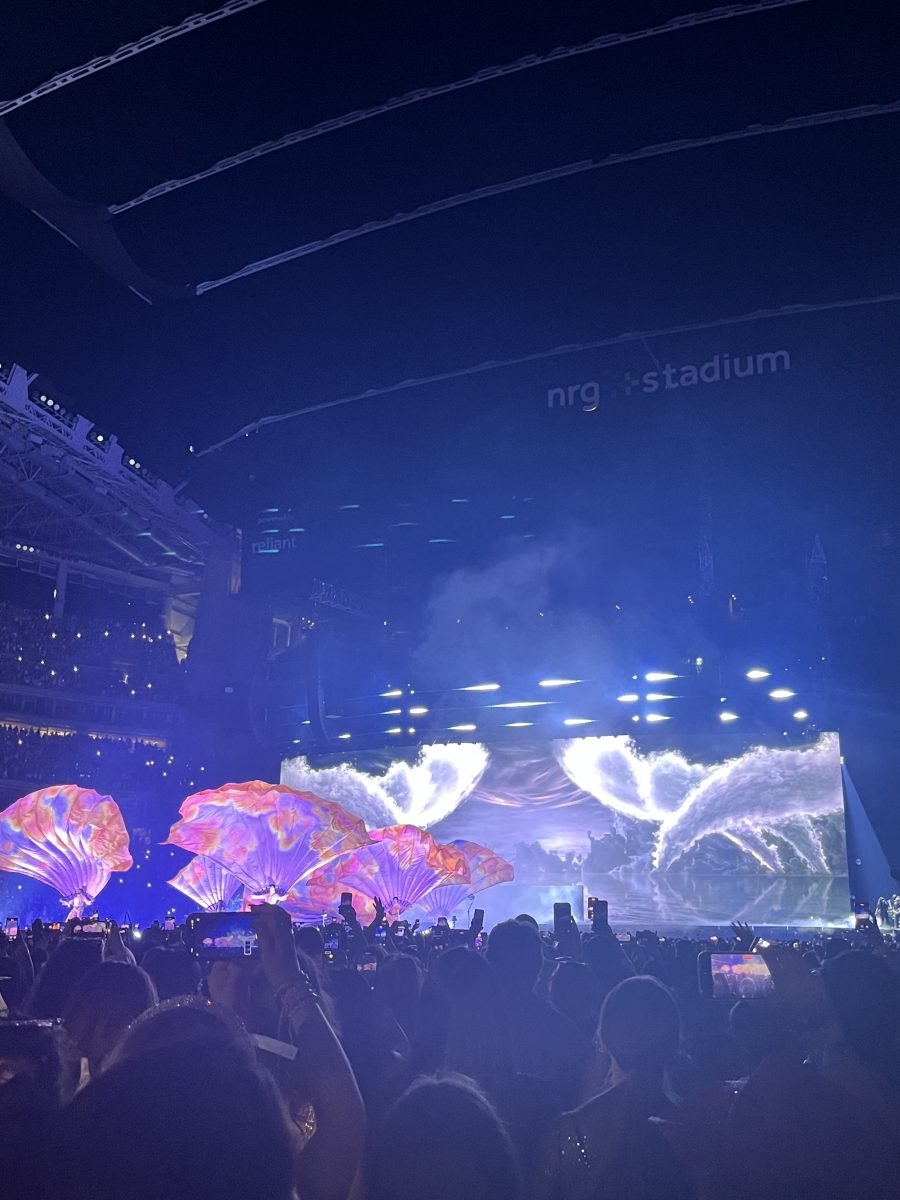
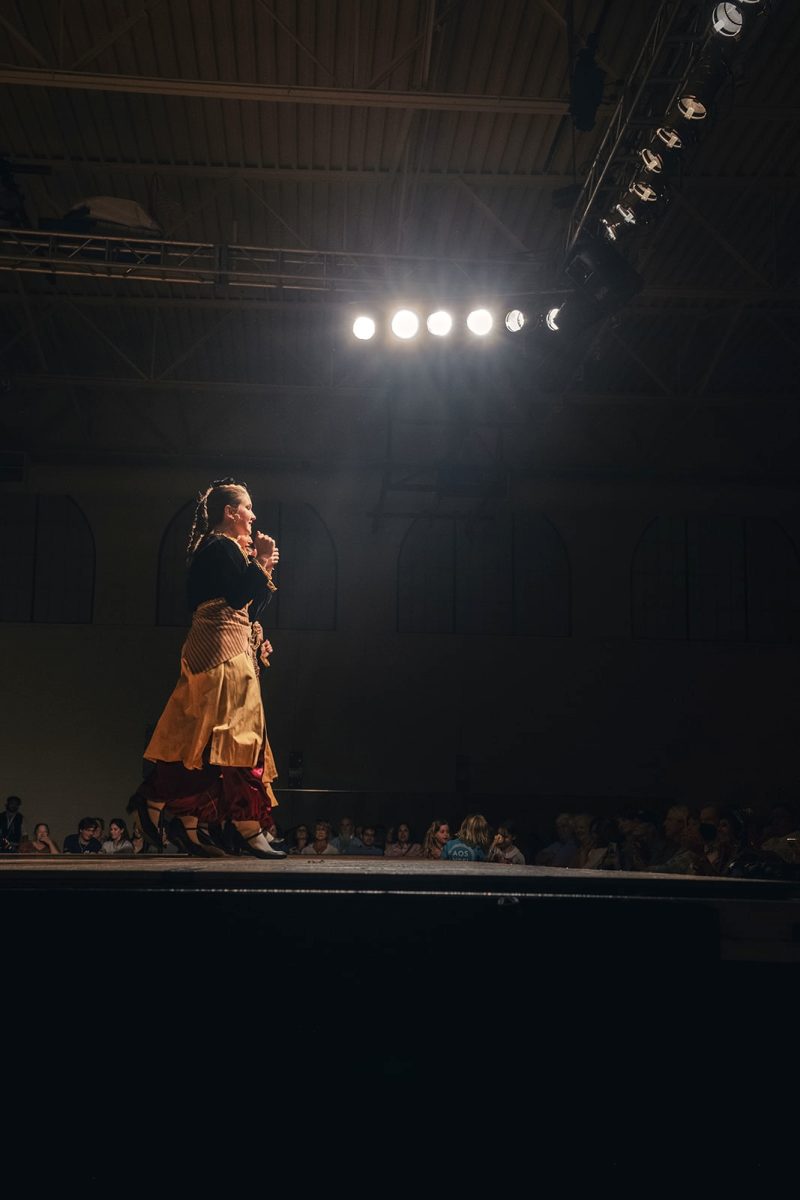

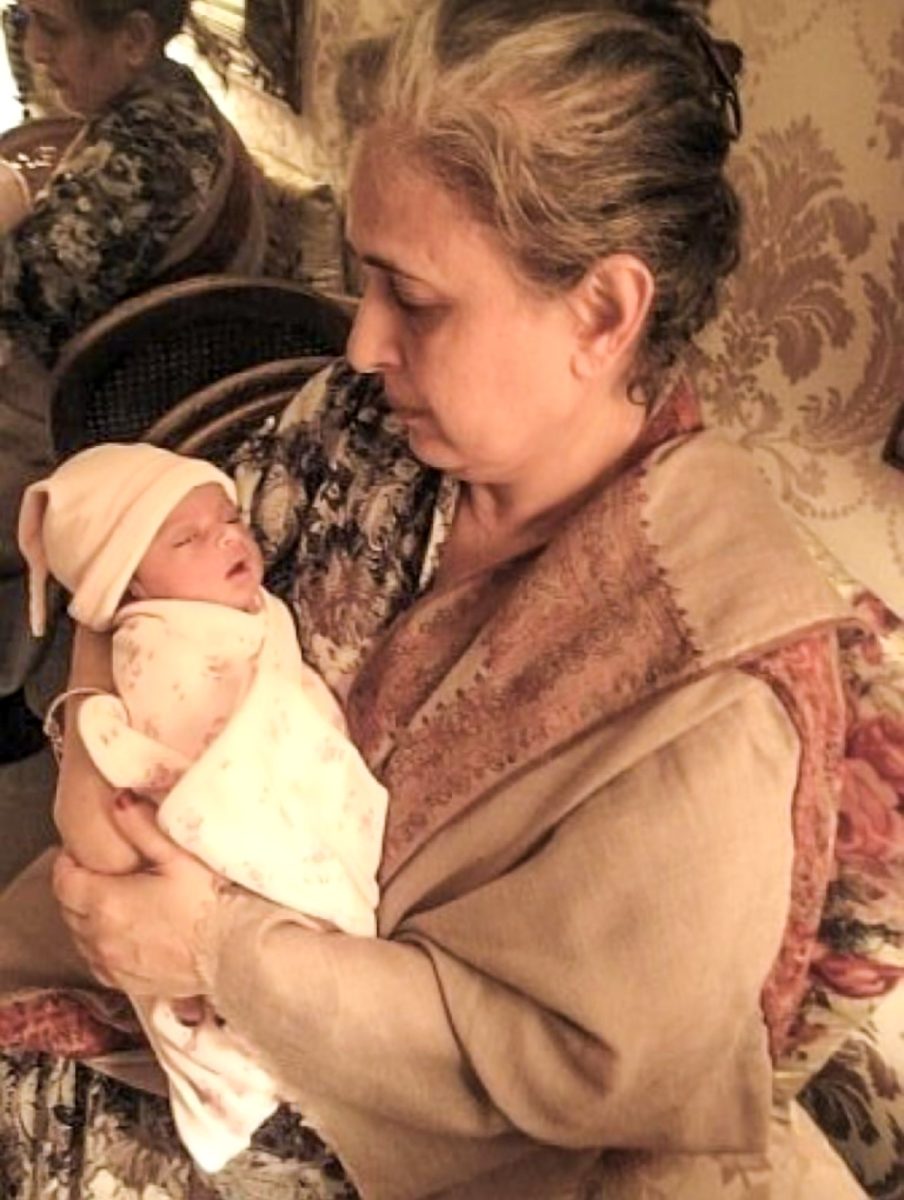
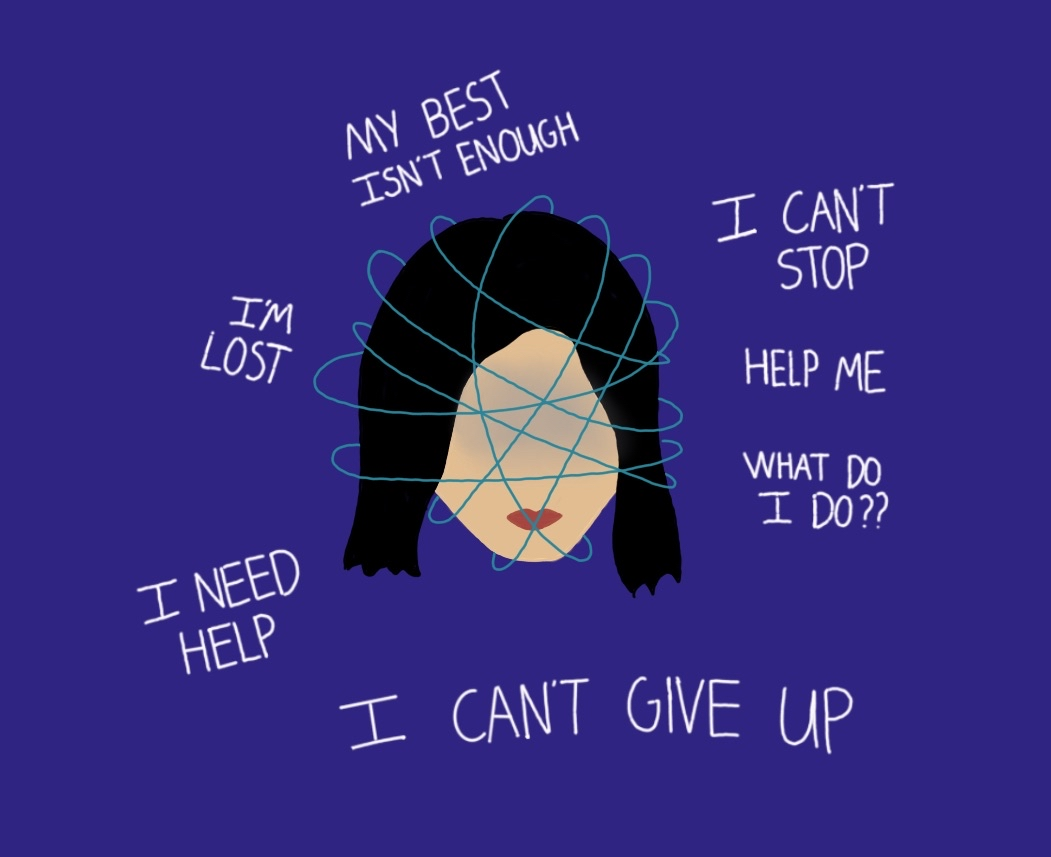
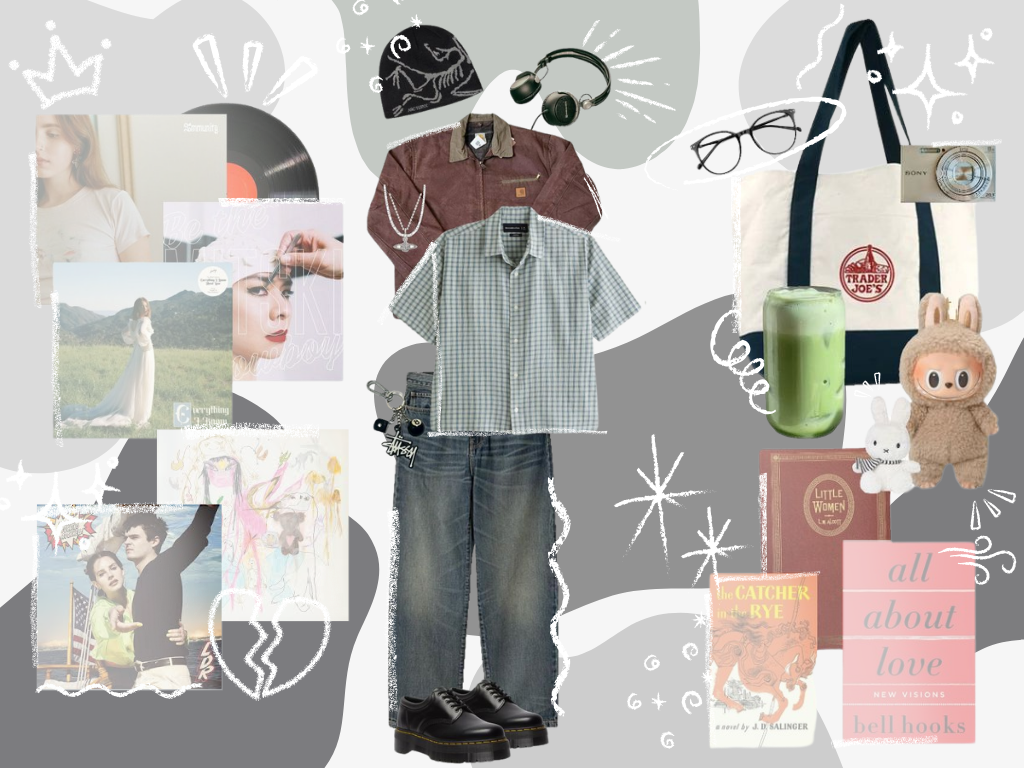
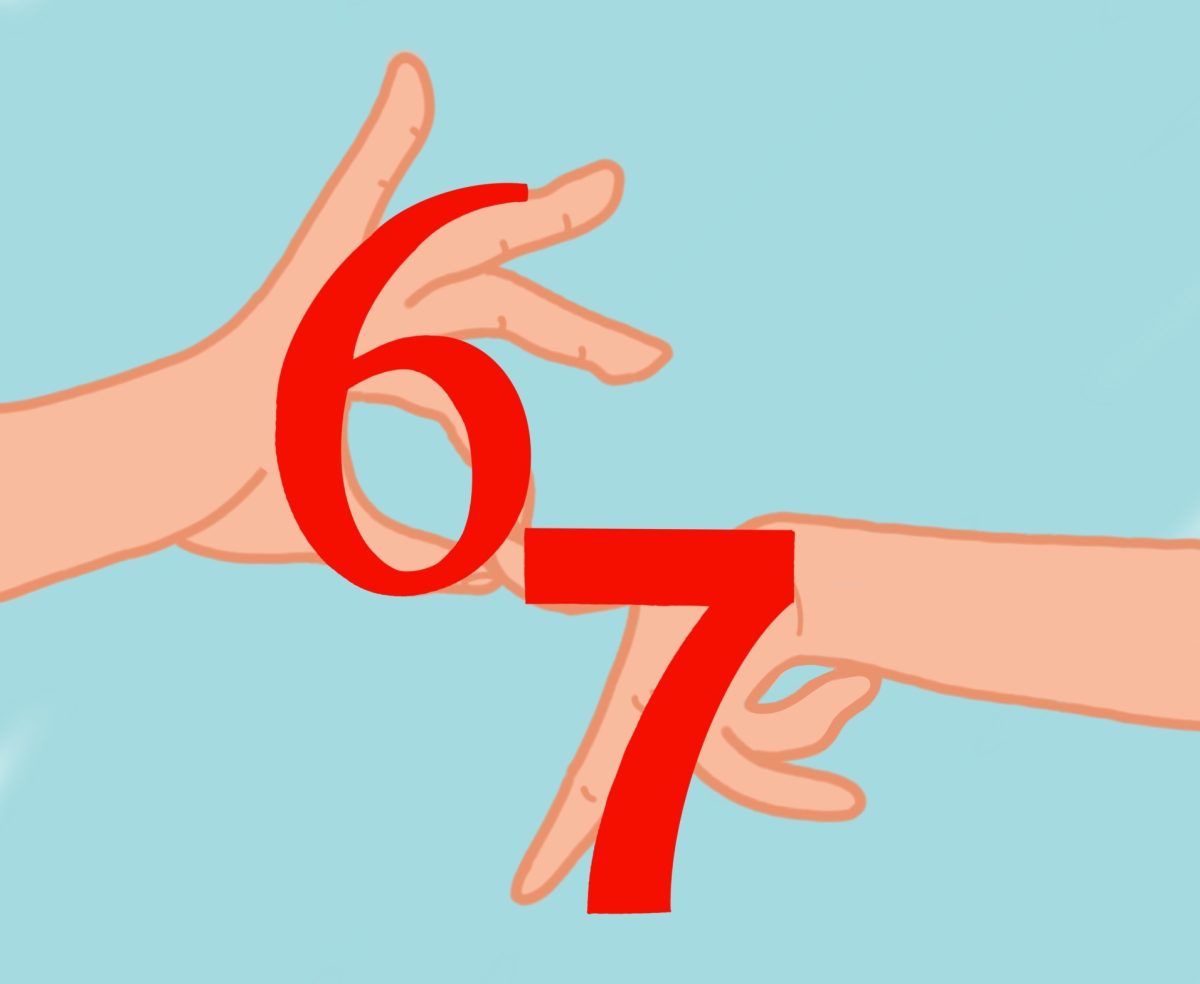

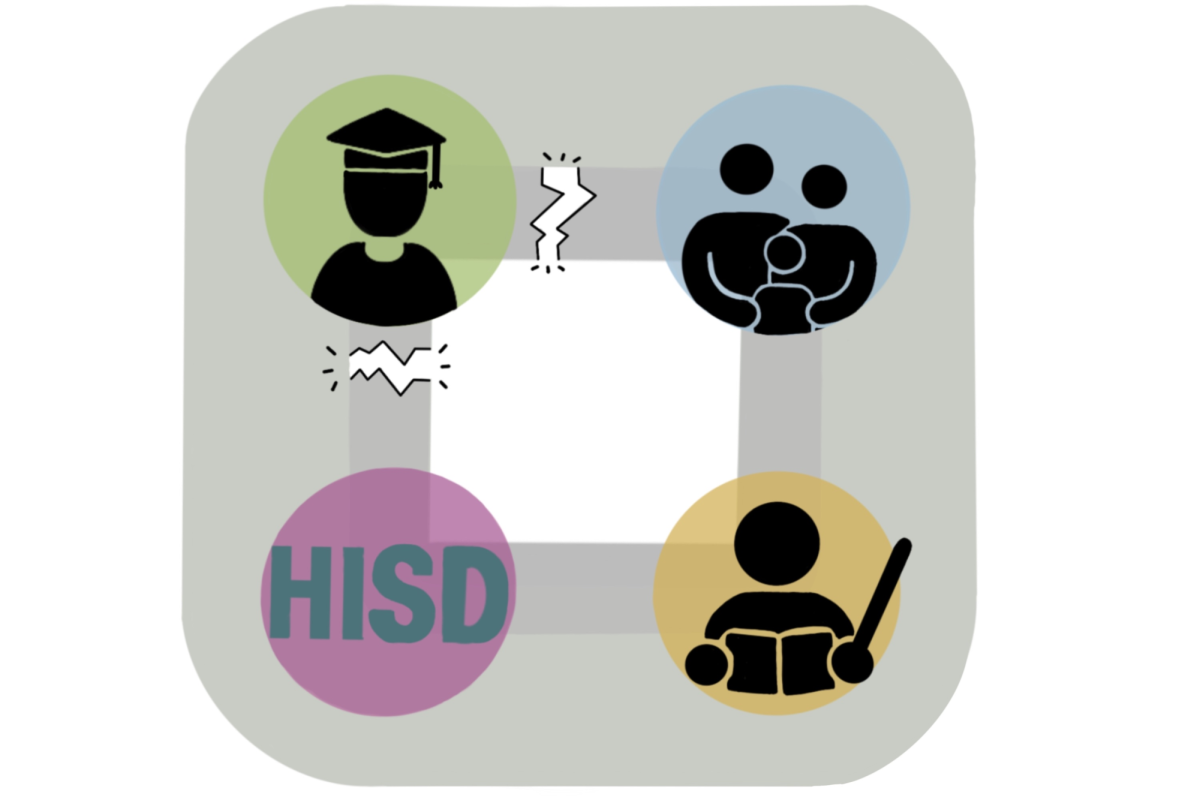
Haset Mekuria • Jun 1, 2024 at 3:19 pm
Great job, Avey